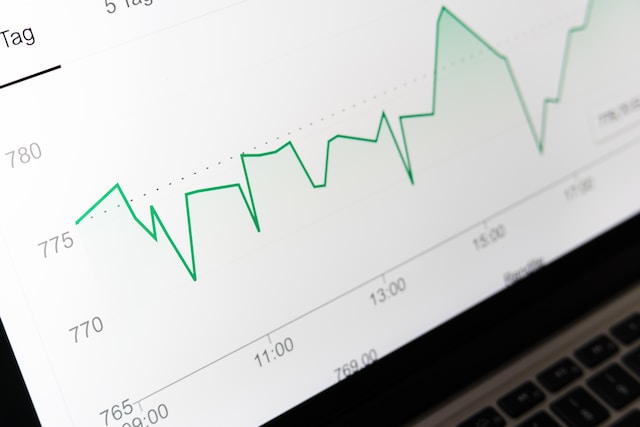Trading Technologies: A Beginner’s Guide to Navigating the World of Trading Technologies
Introduction:
Welcome to my personal blog, where I aim to provide a comprehensive beginner’s guide to trading technologies. As an avid trader myself, I have experienced the transformative power of technology in the trading world. In this guide, we will explore the various trading technologies available, their impact on the industry, and how you can leverage them to enhance your trading experience.
1. Understanding Trading Technologies:
Trading technologies encompass a wide range of tools, software, and platforms that facilitate trading activities. These technologies have revolutionized the way traders interact with financial markets, providing real-time data, sophisticated analysis tools, and seamless execution capabilities. From desktop applications to mobile apps, trading technologies have made trading accessible to a broader audience.
2. Trading Platforms:
Trading platforms serve as the foundation for executing trades. They provide access to various financial markets and allow traders to monitor prices, place orders, and manage their portfolios. Popular trading platforms include MetaTrader, eToro, and thinkorswim. Each platform offers unique features, user interfaces, and trading tools. It is crucial to select a platform that aligns with your trading goals and preferences.
3. Charting and Analysis Tools:
Charting and analysis tools are essential for making informed trading decisions. These tools enable traders to visualize price movements, identify trends, and analyze historical data. Popular charting platforms like TradingView and eSignal offer a vast array of technical indicators, drawing tools, and customizable chart layouts. By utilizing these tools, traders can gain insights into market dynamics and develop effective trading strategies.
4. Algorithmic Trading:
Algorithmic trading, also known as automated trading, utilizes computer algorithms to execute trades based on predefined criteria. This technology has gained significant popularity due to its ability to execute trades at high speeds and eliminate emotional biases. Algorithmic trading platforms, such as MetaTrader and NinjaTrader, allow traders to automate their strategies and backtest them using historical data. However, it is essential to understand the risks associated with algorithmic trading and thoroughly test strategies before deploying them in live markets.
5. Mobile Trading Apps:
With the rise of smartphones, mobile trading apps have become increasingly popular among traders. These apps provide traders with the flexibility to monitor markets, execute trades, and manage their portfolios on the go. Leading brokerage firms, like Robinhood and TD Ameritrade, offer mobile apps that provide real-time market data, intuitive interfaces, and secure trading capabilities. Mobile trading apps have democratized trading, allowing individuals to participate in the markets anytime, anywhere.
6. Risk Management Tools:
Risk management is a crucial aspect of successful trading. Trading technologies offer various risk management tools to help traders protect their capital and minimize losses. Stop-loss orders, for example, automatically close a trade when a specified price level is reached, limiting potential losses. Similarly, take-profit orders lock in profits by automatically closing a trade when a predetermined profit target is achieved. These tools empower traders to set predefined risk parameters and adhere to disciplined trading practices.
Conclusion:
Trading technologies have transformed the trading landscape, making it more accessible, efficient, and convenient for traders of all levels. By leveraging these technologies, traders can gain a competitive edge, access real-time data, and execute trades with precision. Whether you are a beginner or an experienced trader, embracing trading technologies can enhance your trading experience and potentially improve your overall profitability. Stay tuned for more insightful articles on trading technologies as we delve deeper into specific tools, strategies, and industry trends. Happy trading!
(Note: The above guide is a fictional representation and does not constitute financial advice. Always conduct thorough research and seek professional guidance before engaging in trading activities.)




